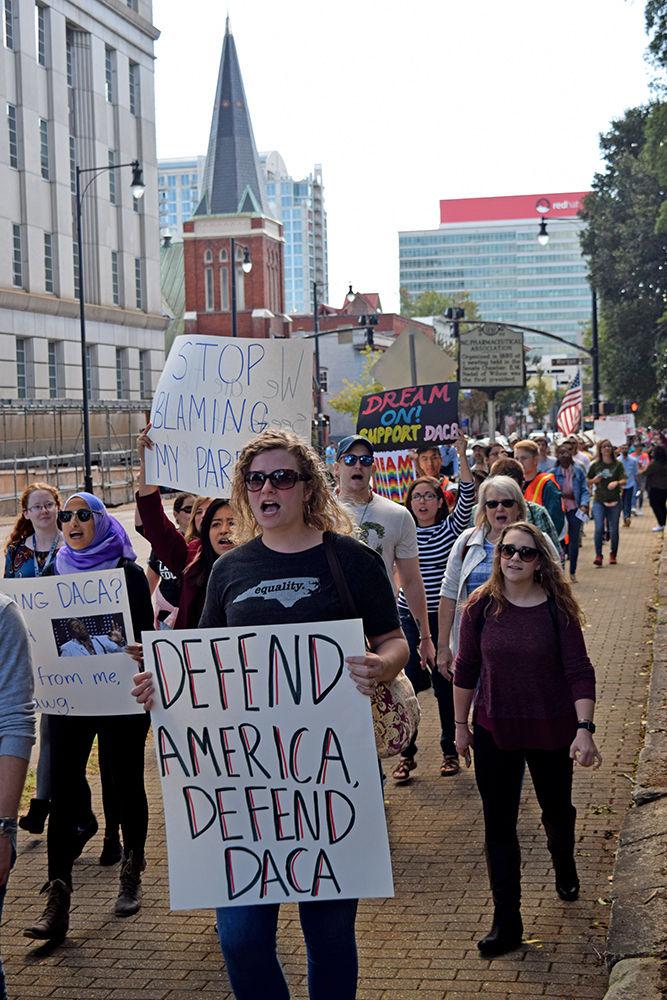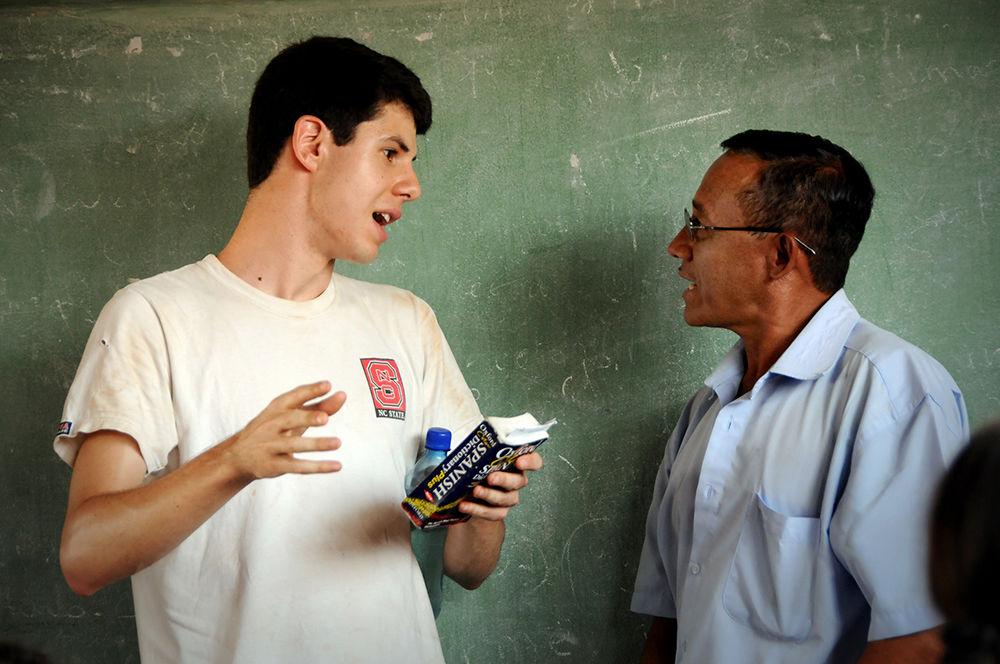From the outside, it looks like a regular city. But Salinas, California was recently ranked as the second least-educated city in America in a list from WalletHub, which was published by Forbes Magazine, in the same study that reported Raleigh as the second most-educated city.
Salinas is a city of more than 155,000 people, of which 75 percent are Hispanic, according to the U.S. Census Bureau.
The correlation between education levels and job opportunities is no more apparent than in Salinas, which is one of the most important agricultural centers in California. Many jobs in Salinas don’t require more than a high school education, and it is not a coincidence that these jobs are also filled primarily by Latin American immigrants.
Raleigh has more than 431,000 people in its metropolitan area, with only 11.4 percent identifying as Hispanic. 57.5 percent were identified as white by the U.S. Census Bureau.
Raleigh has become known as a growing source of jobs in science, technology and engineering since the inception of the Research Triangle Park. The area also has a high percentage of educational and health services, according to the City of Raleigh government demographics. The jobs available in agriculture, forestry and mining hover at less than one percent of available jobs.
The purpose of the article was to highlight the ways that education leads to further economic success for local economies in America’s largest cities. The Economic Policy Institute suggests that college degrees are “supremely important in helping to resuscitate weak economies.”
“First of all, I understand (the list is) based on the number of engineering and high paying jobs,” Salinas Mayor Joe Gunter said in an article from the Mercury Times on Sept. 18. “Agricultural workers, many of them immigrants, haven’t (received) credentials from local high schools, but by no means are they not smart people. They’re intelligent, work very hard, what they lack in education they make up for in the enthusiasm and energy they put in raising their families.”
One of the problems facing young people in Salinas is a lack of quality universities in the local area placed in the middle of an agricultural center. By contrast, San Jose, California, only an hour away, is ranked as the seventh most-educated city and is the largest city in Silicon Valley.
The article from wallethub.com analyzed 150 of the largest metropolitan areas in the United States based on education level and quality of education, which were weighed equally. Of the bottom 10 cities, eight were located in California or Texas, which both have large minority Latino populations.
The criteria looked at the percentage of adults aged 25 and older with high school diplomas or higher education, as well as the number of doctors and the percentage of workers in computer, engineering and science fields. The quality of education measured the public school system ranking, the average quality of universities and the number of enrolled students in top 200 universities per Capita. The majority of the data used in the report came from the U.S. Census Bureau, the Bureau of Labor Statistics, GreatSchools.org and U.S. News & World Report.






